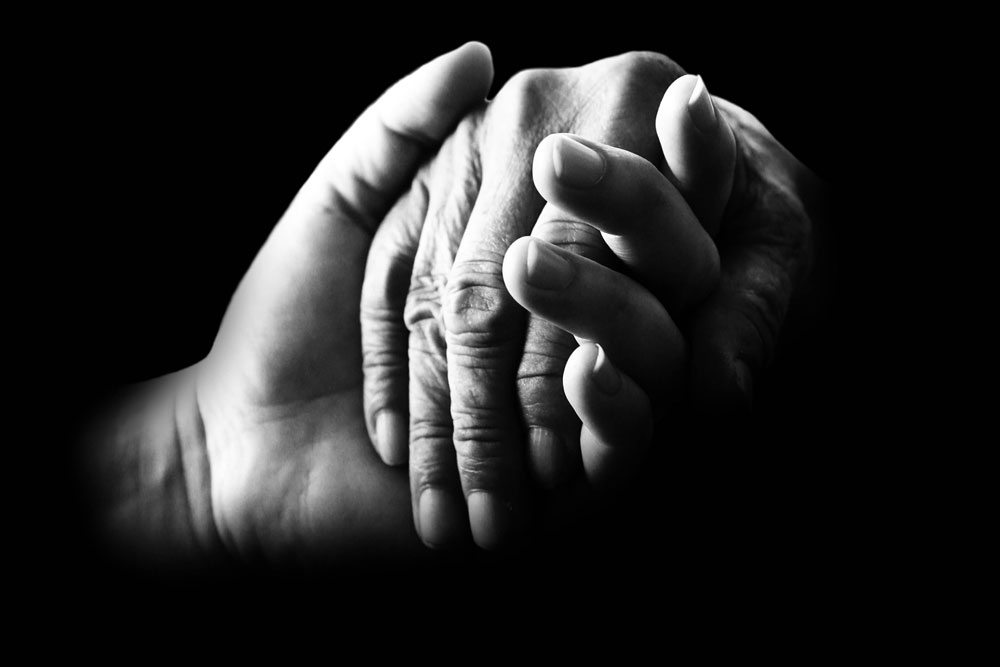Palliative Care Citizenship

Originally published in the July 5, 2020, Richmond Times Dispatch.
We all have two passports, Susan Sontag famously wrote: one that offers us citizenship in the kingdom of the healthy, and one that gains us entry into the land of the sick and dying. And it is a one-hundred percent certainty that, given humanity’s one-hundred percent mortality rate, we will all travel to both places at some point during the course of our lives.
Since its eruption, COVID has forced many into the realm of the ill, where we as palliative care providers stand as crossing guards, quite by choice. Roving through the hospital all day, and on-call each night, weekend, and holiday of the year, we and our palliative care colleagues tend the stricken across the spectrum of affliction. Our passports bear the repeated stamps of those close to death’s door. It’s our job to provide comfort, to ask questions, and provide answers to patients, their loved ones, and our colleagues that are straightforward, compassionate, and easy-to-understand.
COVID-19 has changed our work, making it less a specialty and more a competency desperately required. We’ve seen our fellow clinicians unsteadied by the end-of-life care they feel under- or unprepared to give during this pandemic. But these days, we’re all of us palliative care providers, ready or not.
Part of that’s our fault. As educators of both practicing physicians and nurses as well as clinicians-to-be, how we’ve taught palliative and end-of-life care falls far, far short. In most cases, curricular requirements from our accrediting bodies require minimal, if any, exposure to these subjects, which are often relegated to electives, brief workshops, book chapters, or lessons touched upon in haste. Though there are exceptions, palliative and end-of-life topics are usually taught in silos, rather than collaboratively, so that many new nurses and physicians practice their first end-of-life or palliative care encounters together in moments when death is quite literally at hand. That has to change.
If the pandemic has taught us anything, it’s that palliative care competencies are necessary for all healthcare providers on the frontlines. Our regulatory agencies—those accrediting organizations that guide what we are required to teach, and the saturation of subjects that doctors and nurses must practice and learn to be competent—must make palliative and end-of-life care required, not ancillary learning. Though progress has been made in the last 15 years, cohesive standards of learning on these topics remains a long way off. And introducing palliative care to nursing and medical students is not enough. It must be required training, for nurses and physicians together as continuing professional development.
There’s a more practical reason for requiring the amplifications of these lessons, too, felt in numbers. Our own team at UVA was recently decimated by two-thirds when one of our team was exposed to a COVID-positive colleague. With a skeleton palliative care service, we taught palliative care and counseled colleagues from the sidelines.
Clinicians and students are already thirsty for this learning, and eager to practice and learn them. But it’s important to know that they seek out this learning because they know they should, and need to; not because they’re required to. COVID proves that needs to change.
There’s a lot we can easily do now. Those of us in the specialty can mentor. Learners can practice with colleagues across specialties—medicine, nursing, pharmacy, and social work—to mimic how scenarios actually transpire. And lessons for those on the COVID frontlines must be accessible, digestible, and meaningful. Even brief teaching videos like ones we have developed—simulating how a dying patient looks and acts and offering basic ways to communicate with patients and their loved ones—really work. Palliative and end-of-life lessons don’t have to be fancy; just digestible, honest, and collaborative.
These kinds of lessons must become—like CPR itself—a required part of how we train clinicians, not just a nice add-on or an elective. Yes, nursing and medical school is crammed with topics to cover, but COVID has made us painfully aware of how important palliative and end-of-life care is in moments where it’s lacking.
It also helps us be there for one another. We cannot all us be everything, and there remains plenty of room for increasing numbers of palliative care specialists. But the pandemic has shown that every one of us needs to know how to help patients die just as they lived: with dignity, without suffering or pain, and in a space of understanding and grace.
Let our governing bodies and health care organizations that guide how and what practicing clinicians and students of the healing professions learn take note: COVID has changed everything. Let it also change how deeply we teach, understand, and practice palliative and end-of-life care.
Ken White, associate dean at the University of Virginia School of Nursing, is a palliative care nurse practitioner at UVA Health and president-elect of the American Academy of Nursing. Dr. Tim Short, a long-time palliative care physician at UVA Health, recently became the associate medical director of Hospice of the Piedmont.
